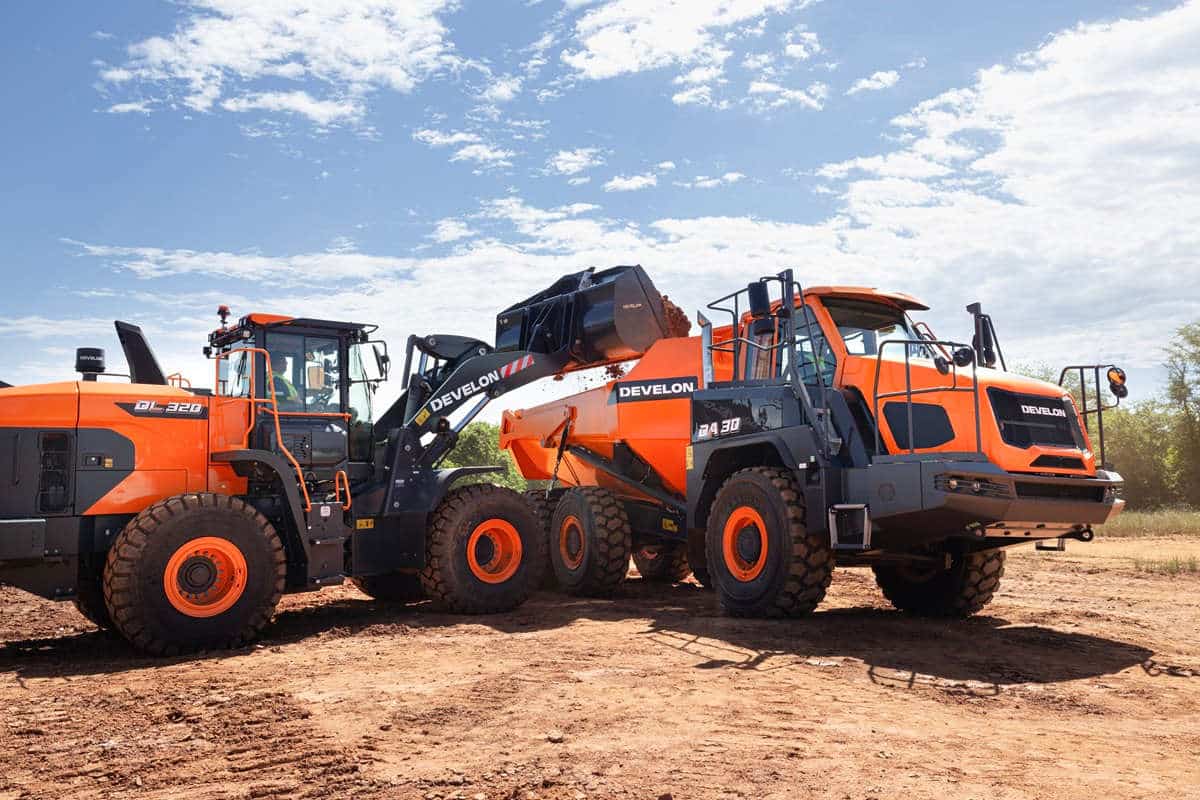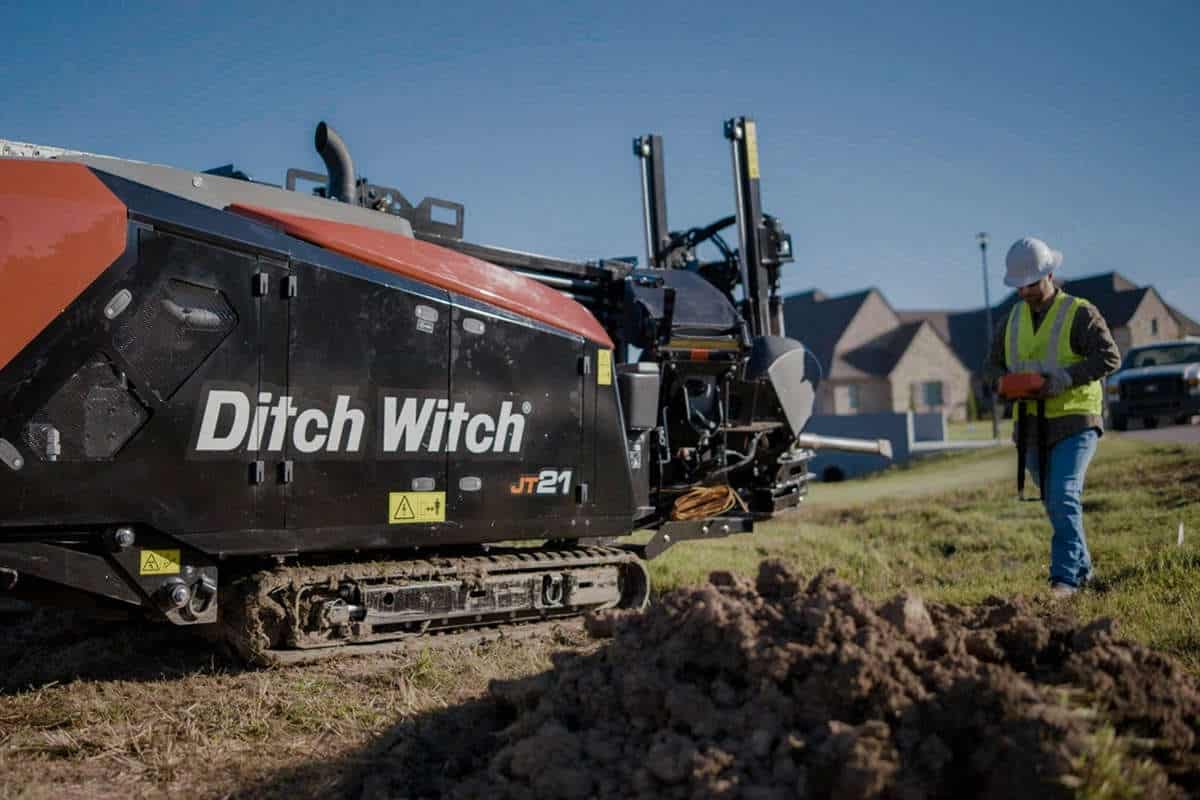Get Water Moving with the Right Pump
When a utility construction crew encounters water on the job — typically during excavation work — a pump is brought in to move it out. Like any piece of equipment, selecting the right pump requires a good look at jobsite conditions and project requirements. With options from companies like Gorman-Rupp, Subaru, Xylem and Honda, to name a few, the right pump is only a few questions away.
The No. 1 question to answer when deciding on a pump is: What kind of water is being pumped? While all pumps are designed to move water, trash and other debris may pose a problem for some. The best way to select a pump is to know what’s being moved.
“Choosing an incorrect pump can result in poor performance and damage the pump’s components, which is why utility workers select pumps based on the type of water being moved,” says Pam Meyer, Equipment Sales Manager for Subaru. “While any type of pump will effectively move liquid from one location to another, all pumps are not created equal. Some pumps are designed to move thick, muddy water, while others are only capable of handling clear water. Certain pumps allow sticks, stones and various trash to flow through, where others would become clogged with such debris.”
The most popular pump for utility contractors is a centrifugal pump. This pump works well for handling clear, clean water and is typically used while excavating a large hole or long trench. It’s also a dependable and user-friendly pump, which is helpful to avoid mistakes or damage.
If the water may contain significant trash or debris, Meyer points out that a trash or diaphragm pump can fit the bill. Trash pumps are designed to move water that may contain mid- to large-size particles, like stones. Diaphragm pumps tackle the most viscous water, especially muddy water and sludge. These pumps typically operate at a slower rate and can handle sticks, stones, mud, trash and other debris up to 2 in.
Aside from what’s in the water, Dwight Evans, Senior Applications Engineer for Xylem Dewatering, offers additional considerations to make when purchasing a pump:
- How often would you use the pump?
- Do you have staff capable of using and maintaining the equipment?
- How much water needs to be moved?
- What is the elevation in relation to sea level?
- How far must the water be moved?
- What is the depth of the excavation the crew is working in?
As with any equipment purchase, reliability and durability are important when selecting a pump. Be sure to examine the pump’s engine to ensure the unit has the power, as well as fuel efficiency and emissions requirements needed for the job. Meyer suggests inspecting the pump head components and selecting heavy-duty options like cast-iron impellers and volutes, rather than plastic.
“A hardened cast-iron volute effectively withstands sticks, stones and other debris sucked through the strainer,” she says. “Cast-iron impellers resist the abrasive properties of material that can get pulled into a pump, which contributes to a longer service life and reduces maintenance costs.”
Wear plates are another important component, especially when selecting a trash pump. The wear plate is in place to absorb the impact of debris before it reaches the pump’s impeller —ensuring pump productivity and longer life.
Good after-sale support and warranties are always an important factor in the purchase process. Buying from a dealer who is readily available to help if something is needed reduces stress and downtime. Warranties help protect an equipment investment if the pump fails. For example, Subaru offers a five-year limited warranty that covers both the engine and pump.
What about Rental?
According to Jamie Schoenian, Rental Manager for Gorman-Rupp, renting a pump versus purchasing is market driven. Pumps are readily available via rental companies; however, some customers prefer to own them.
Evans adds that renting is a great option to get what you need, when you need it and to only pay for it as needed. Here he offers considerations to make when choosing between rental and purchase:
• How often a pump is needed (and what kind of pump) for their excavation work?
• What is the cost of buying versus the cost of renting long term?
• How long is the project?
• Do the numbers/dollars make sense?
• Are you in a position to do the required maintenance on the pump?
Ready to Work
Before getting to work, Evans points out that pump operators should wear the same PPE that’s expected on a typical jobsite: hard hat, safety glasses, gloves and steel-toe boots. Manufacturers also recommend crews to read the pump’s operator’s manual prior to work.
When getting the pump ready for use, be sure there are no air gaps or leaks in the suction and discharge hoses. As for priming, Meyer advises operators to add water to the pump housing, start the engine and allow the pump to build up pressure for suction.
Pam Kleineke is Managing Editor of Utility Contractor. Tags: February 2016 Print Issue, Pumps, Xylem





